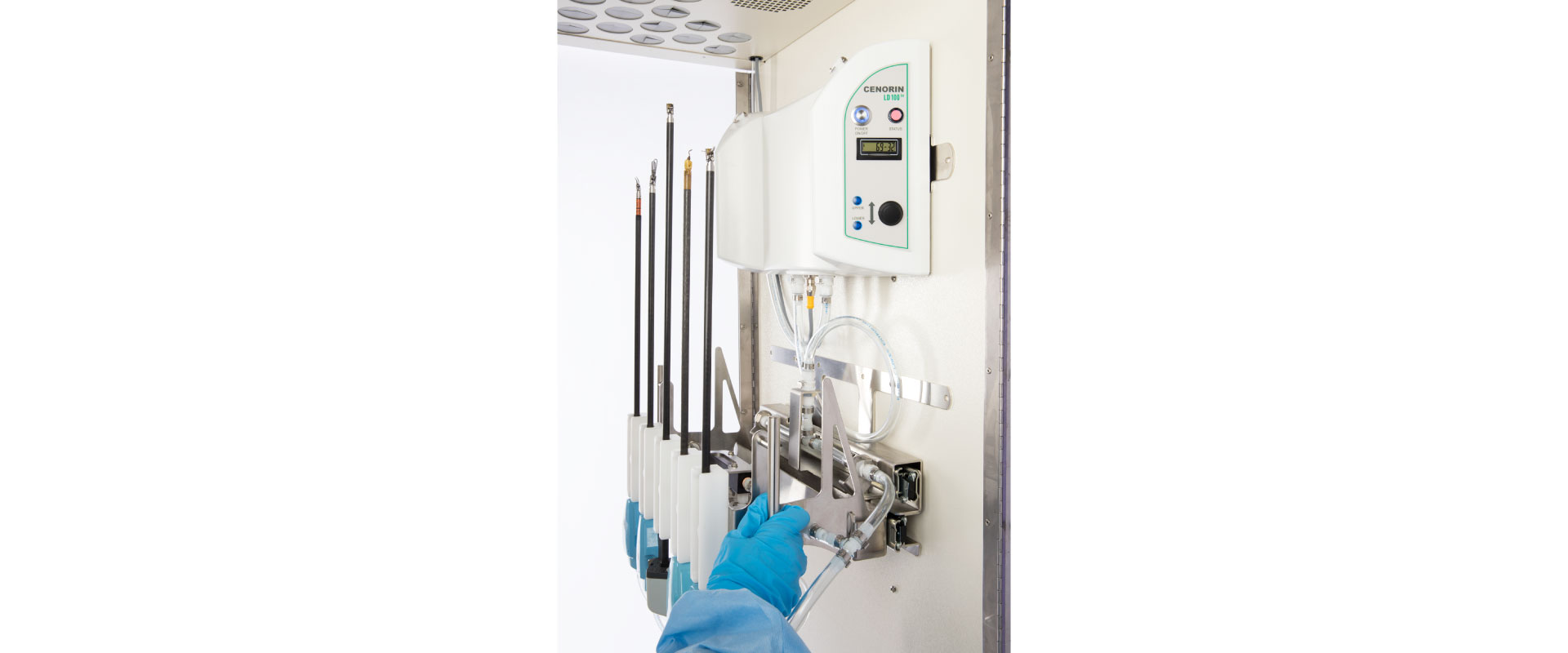Post on 06.24.2020
WHITE PAPER: New drying process yields Clinically Dry robotic arms PLUS cost and time savings

THIS WHITE PAPER IS NOW AVAILABLE IN HEALTHCARE PURCHASING NEWS MAGAZINE
The dryness of reusable medical devices is a particular concern in healthcare facilities because residual moisture can inhibit the sterilization process and provide a potential conduit for contamination. The purpose of this study was to determine the effectiveness of a novel lumen drying system and its directed air flow process for drying reusable robotic arm lumens.
Results
This study achieved its objectives:
Effectiveness, efficiency and staff satisfaction
Use of the system successfully reduced drying time by 40% and increased robotic arm reprocessing productivity by almost 40%. It also led to a significant reduction in repeated reprocessing due to failures. The ability to measure and achieve Clinical Dryness before sterilization reduced the number of aborted low temperature sterilization cycles, reduced retained moisture events in the operating room, and increased end user satisfaction. There was an associated reduced cost of hourly sterile processing labor and cost per cycle, all due to this improved performance. Trained department personnel reported over 92% satisfaction with the new workflow, which also contributed to higher employee engagement scores.
‘Clinically Dry' devices are achievable
Use of this lumen drying system can help reduce the amount of time required to achieve Clinically Dry robotic arms to thirty minutes, which in some cases translates to as much as an hour less of drying time per cycle. This time savings can reduce processing time overall by as much as 40%. This corresponds to a net savings, on average, of nearly $60,000 a year in operating costs and another $40,000 a year in cost avoidance (2019 dollars).
The most important benefit, however, concerns patient safety. It can help to greatly reduce a facility’s risk of releasing contaminated lumened instruments. A department that can assure a consistent clinical level of dryness can improve the quality of the end product and the confidence in a department’s infection prevention program.